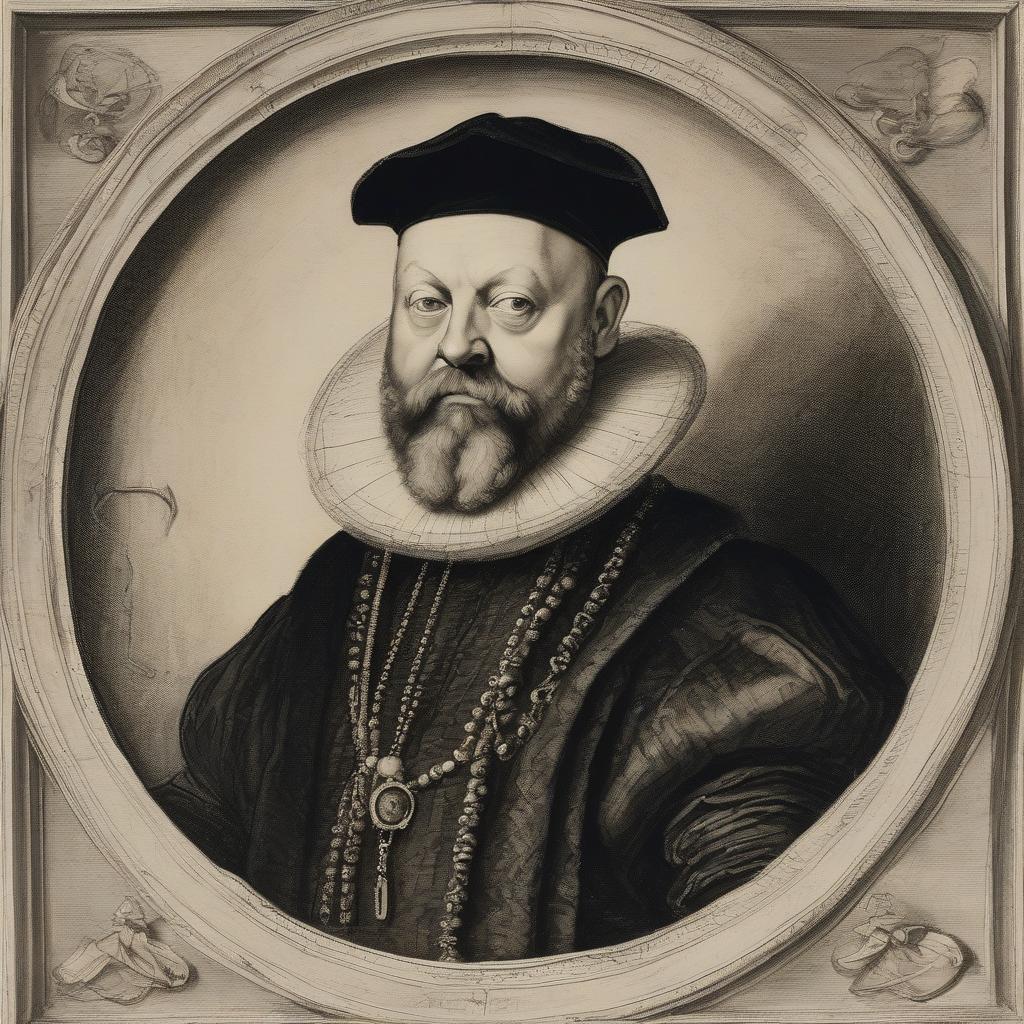A portrait of Tycho Brahe, Royal Astrologist of Danemark, by Stable Diffusion
Why were we caught off-guard by AI?
Despite artificial intelligence having been a field of research since the 1950s and the achievement of software of the type of LLMs having been an objective clearly stated from the outset and the research effort having been systematic, we as a species Homo Sapiens, do still not understand precisely what happened or why, and are just slowly recovering from our amazement, the prime example of our astonishment being of course Geoffrey Hinton himself, the man who was at the forefront of the effort, unable to hide his surprise at the turn of events.
How could we have failed to see what was coming?
There are reasons for the observed course of events, both in the East and in the West.
For at least two millennia, the Western world has relied on the representation of a universe created by a divine being who, , judging our desire to understand to be criminal, forbade us to taste the fruit of the tree of knowledge, marking the quest for knowledge as a taboo. Hence the painful birth of science as an intellectual pursuit on a path marked with the infamous seal of the forbidden fruit.
It is one of those ironies of History that the first modern systematic effort which can aptly be called a “science” occurred with astronomy, a painstaking attempt to perfect the superstitious divinatory system that is astrology. Let’s not forget that Tycho Brahe’s (1546-1601) official title was ‘Royal Astrologer’ of Denmark, and that he was also an alchemist.
Reasoning in terms of causality is however, as we have seen, constitutive of languages of the West by virtue of the fact that they incorporate the potential for representing asymmetrical relations such as those expressing either the inclusion of a kind in another, or an entailment linking an effect to its cause.
It was left to Aristotle (384–322 BC) to theorise the full conceptual potential of the asymmetrical relationship by codifying the logic of the syllogism, establishing the principles for correctly deducing novel truths from two known true premises sharing a common term. Once a sizeable body of theoretically derived knowledge had been developed, a natural next step was to implement the newly discovered truths into technical inventions, giving rise to a new type of technology aptly characterised as “applied science”.
This path of syllogistic reasoning was barred to the Eastern world due to the fundamentally symmetrical essence of relationships established between notions in the local languages, allowing a mode of reasoning grounded in correlations but forbidding a reflection where two notions are connected by a causal link: one being the cause, the second, the effect.
The technology in the East, superior to that of the West until the sixteenth century, remained confined to could be achieved by trial and error until it became possible for the East to borrow technology from the West and gain access to causal reasoning, communication then ensuing a levelling of the technological playing field for East and West (in the second half of the nineteenth century for Japan, in the first half of the twentieth century for China).

A portrait of Tycho Brahe, Royal Astrologist of Danemark, by Stable Diffusion
